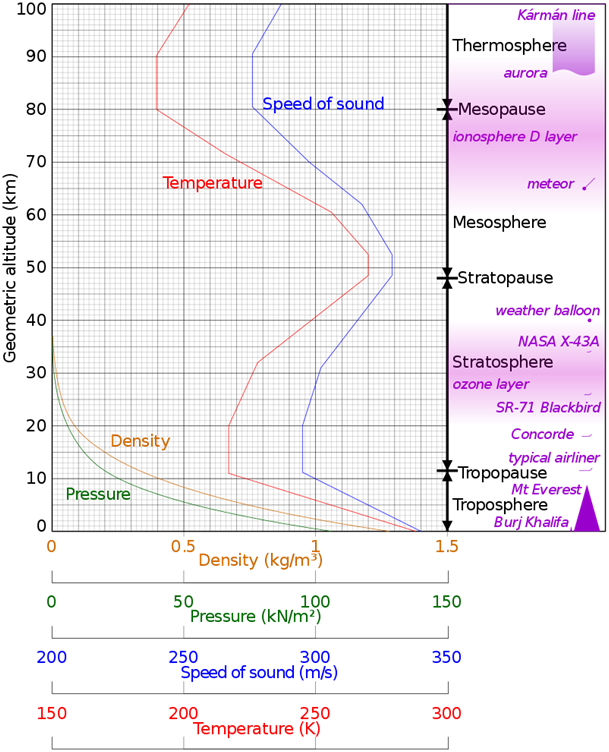VHF and UHF radios, how they work and what types of radios are best for urban or rural locations.
Hello, my name is Kit Arthur. I'm the founder and CEO of Tackleberry Solutions. We teach wartime tactics for civil and home defense purposes. Today I wanted to talk about VHF communication systems.
First, I would like to direct you towards Kent Lebarts who is the author of all of our communications pdfs and books. He is a very impressive expert in this area and one that would be a great contact if you're seriously looking into setting up an effective communications systems.
Press Play
How Radios Work
For starters, let me explain to you a little about how this all works. Because this is going to play a key role in what type of radio systems you actually end up purchasing.
If you're like me, you don't have the time (or the finances) to buy a bunch of different kinds to mess around with and figure out which one works the best.
High Frequency Radio Waves (Such as the VHF)
So the very first thing that I would like to cover is what is known as the "D layer" of the atmosphere. Frequencies that are very high (like VHF or Ultra high freqs like the UHF) will cut right through that layer (day or night, it doesn't matter.)
It is for this reason that I can take a cheap, hand-held VHF radio and talk to the international space station with it.
On the other hand, my fancy HF radio that is pushing 100 watts of power can't do it. Why? Because the frequency that it is communicating on is entirely too low.
As a result, the HF radio frequencies just bounce back and forth between the atmosphere and the Earth. Which is why it will talk further but on the Earth's surface. In explanation, high frequencies between 1.5 megahertz and 30 will simply hit the "D layer" of the atmosphere and come right back down.
Broadcast Length
On your radio, height = distance. In conjunction, watts = clarity of your broadcast.
For example, my VHF antenna is at 45' on a tower. The area I'm in is at 190' above sea level. Which all together equals about 235' in elevation. As a result, I've hit the repeater all the way at Leland, NC from Mount Olive. They are at 40' above sea level, with a 200' tower = 240' high.
So how was it that I was able to talk to them? This is because I was using a YAESU FT-2980 with a flex-j antenna and we were at about the same height. Side note: that is an 80 Watt radio (understand that the legal limit is only 50 watts.)
High Frequency VHF Radio
In comparison, I could take my little hand-held VHF radio and connect it to the same flex-j. I would have still been able to get through to Leland. However, it would have been hard for them to understand what I was saying.
On the other hand, if I had used a carrier wave, morse code, or the PSK system (morse code on roids) I would have still been able to talk that distance and still be understandable with that same small, VHF radio at only 8 Watts of power (vs. 80 Watts.)
Sound vs Text
Why? It takes more power to carry audio than it does than it does to simply press a button and transmit a condensed morse code message. As a result, there are some people that can talk all the way around the world with this method using only 1 Watt of power.
VHF Broadcasting
Going back to VHF, it typically won't broadcast as far on the ground. As a result, I have the exact same radio (YAESU FT-2980) in my truck with a standard antenna on the top of my truck.
Unfortunately, I can only talk 20 miles out on it. As opposed to 90 miles from the same type of radio in my barn (thanks to the 45' antenna that it is hooked up to.) As you can see, the height of your antenna makes a big difference.
In summary, the higher that your antenna is, the further that you can talk. Whereas the stronger that your radio is, the more clear that you will sound.
Antenna
My small Baofeng handheld VHF radio came with a small, rubber antenna will give me about a 5 mile communications range all by itself. As a result, it is perfect for local communications around my house.
For example, if I've got a roaming guard or a TCP, they can easily contact me using that radio to give us a heads up or request back-up.
So why not just use a regular radio? Because I can change the frequencies and go from UHF to VHF whenever I want to.
I can also switch out the antenna to a taller one (like the flex-j) so I can talk further (double or even triple its standard distance.) Not only that, but I can encrypt them as well (using off-sets and tone-in squelch systems.)
Which means that while others can hear what we are saying, they can not interfere in our communications.
Ops Radios
The ops (operations) radio that I use for live missions is called a Baofeng UV-82 HP. I have set it up with ops frequencies and squelch tones to limit interference.
Furthermore, it has a foldable antennae that was made by a Abbree which can get me about 6 miles out (it can talk a little further because the antenna is a little taller.)
In summary, for local communications, a simple VHF radio with a small antenna is a lot more practical (and easier to set up) than connecting it to a super-tall antenna on a more powerful radio.
Getting Your Ham License
Before I wrap this article up, I've been asked quite a bit about the Ham license. I was able to get mine (KO4CHO.) It does help you understand a lot of that crap that I've just told you. Honestly, that's where I learned it (that and from Kent.)
That being said, I was using my handheld long before I had my Ham license. How? I looked up on repeater book, and found all of my local repeaters that I could possibly hit and kicked them out (remember that this radio is only going to talk for 5 miles.)
Using Dead Frequencies
Following that, I took all of the frequencies that were not repeater frequencies and listened to them. When I had heard nothing for over a week, I chose about 6 different frequencies.
Side note: I like VHF. I think it works better than UHF. However, UHF works better in an urban environment as it an cut through walls better. - So if I was closer to the ocean or lived in the city, UHF would be better.
Going back to the topic at hand, after I had picked the dead frequencies, I added a key-in code for it. This is something that I've been running for about 5 years now with no problems. I've never hand anyone on it that I didn't tell what the frequency was.
Last Notes
Finally, the information that you are going to gather just from listening to the radio is going to be more important to you that what you're actually going to say on it.
Also, in a state of emergency, the FCC has stated that you can broadcast on any frequency for any reason so long as it relates to life, limb or property. So in essence, if you're in SHTF, who cares if you have a Ham license!
Thoughts?
Questions? Thoughts? Please share what you're thinking in a comment below. I'd especially love to hear from you if you have questions or would like to add to what I've written.
Thank you for reading. If you've found value in this article, please share it with everyone that you know. You never know, it may save someone's life someday.
God bless!



Another great article. Thank you, I will pass it along to my loved-ones.
I’m glad that you liked the article. Thank you for sharing!
As a techie, one who had the radio license for Private Pilot, and wanted to get into Ham esp. AMPRnet (for human rights issues I was helping others with), this is the best quick explanation. There was a radio net that pinged off tiny “debris” in the ionosphere…couldn’t be tracked…truckers used it a long time ago, wonder if it’s still there. I put all this off for so long, to have as a hobby, but now it is critical personal infrastructure.
I am just finding your page, and I’m pissed beyond belief that I didn’t find it 5 years ago when I first started seriously buying up my kit, supplies, and gear. Now we are just a month or two away from a serious event here in the US and I’m living behind enemy lines (Seattle,WA suburbs), and have Zero local support seeing as everyone here lives in a completely obscured realty it is very difficult if not impossible to find a tribe to plug in with. I have 14+ year in public safety industry and am a certified Glock armorer and still am surrounded by people that absolutely hate anyone that shares the ideals that I secretly have. That being said my plan is to bug in primarily and I need all the info I can get to help me be more affective at gathering intel via the radio waves and to secure my property and block perimeter affectively. I’m hoping to purchase one of your books asap as soon as the funds are available to do so. Thanks for all your hard work on putting it all together for people like me. Cheers
Unfortunately the home defense side of our business has been seized and shut down. We are working on an appeal and are praying for justice and freedom. If you would like more information on the alarming oppression that we are currently facing, you can learn more about that here: https://tackleberrydobermans.com/tackleberry-solutions-scandal/